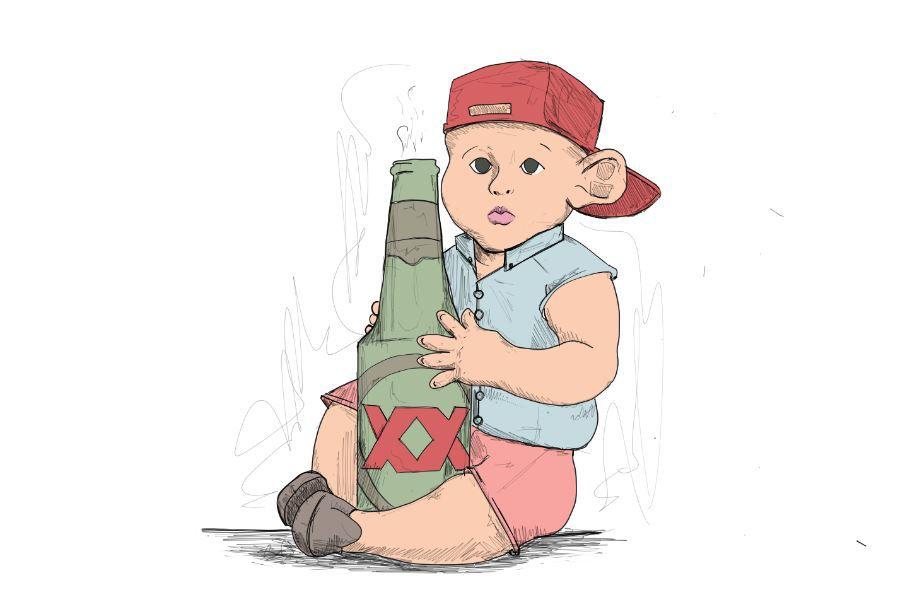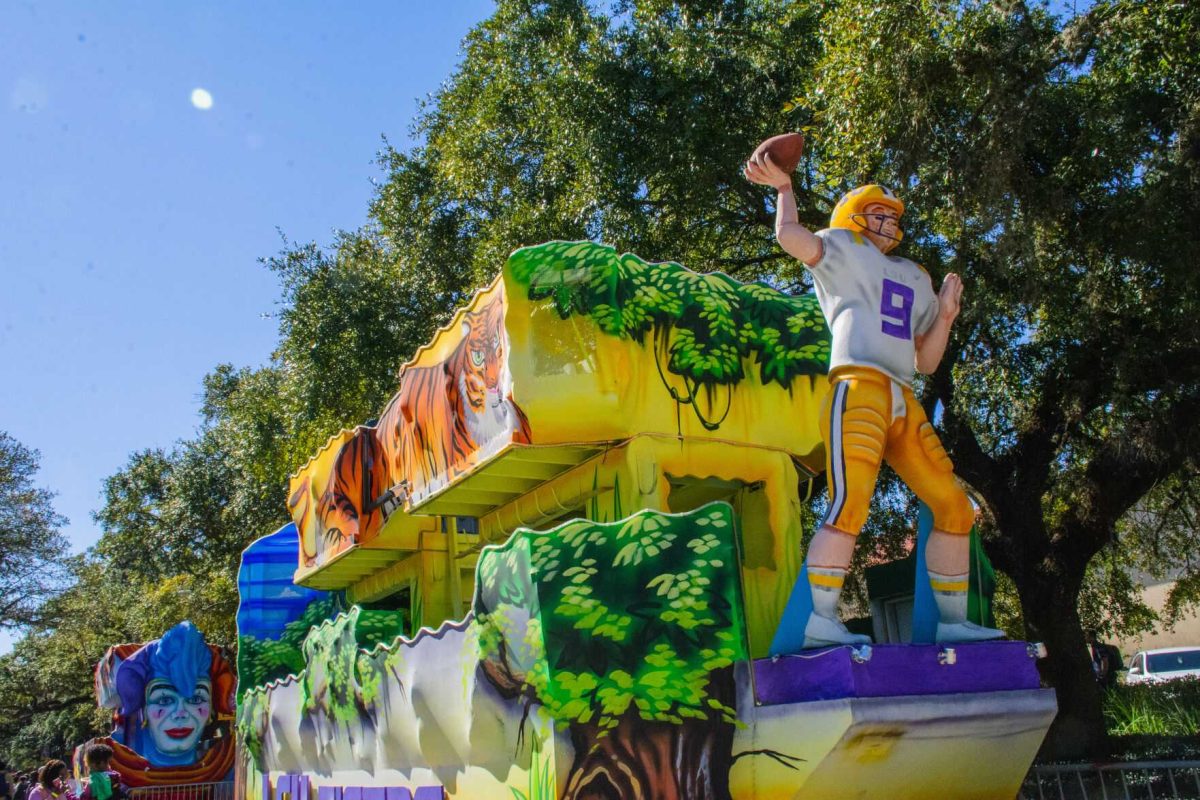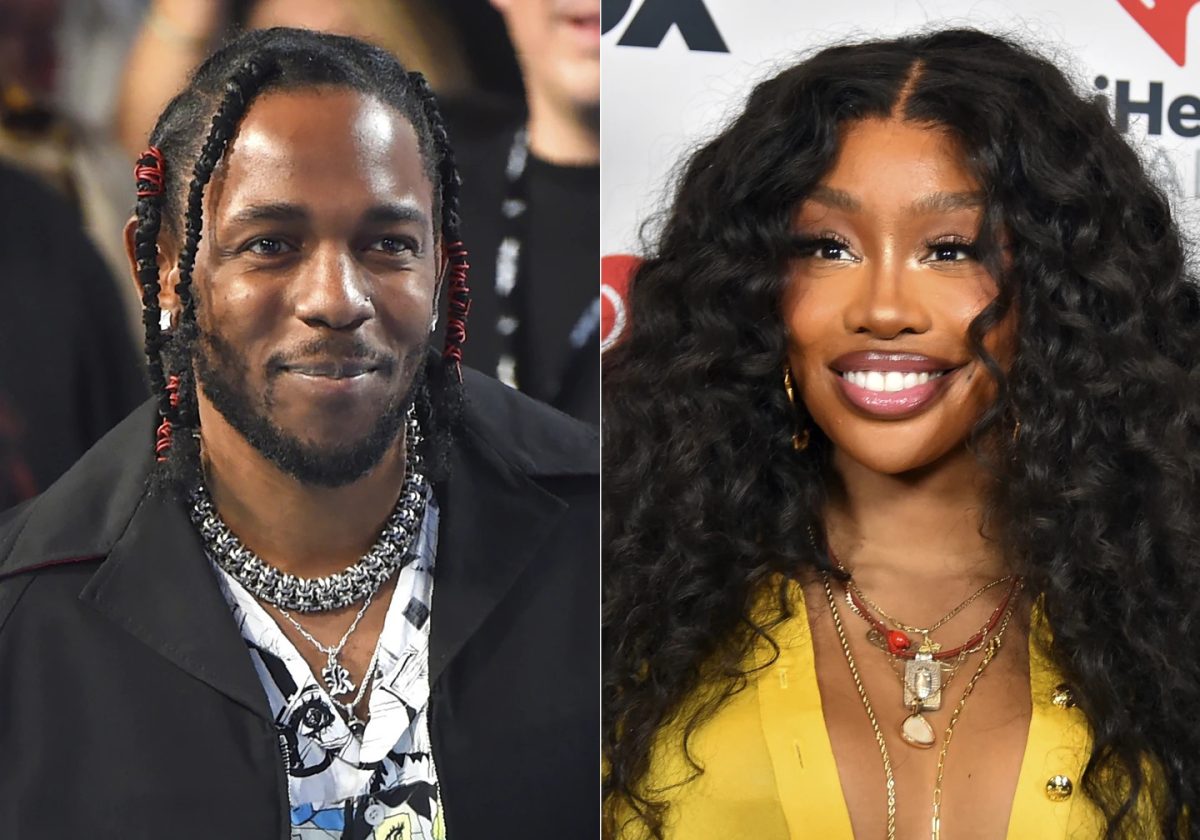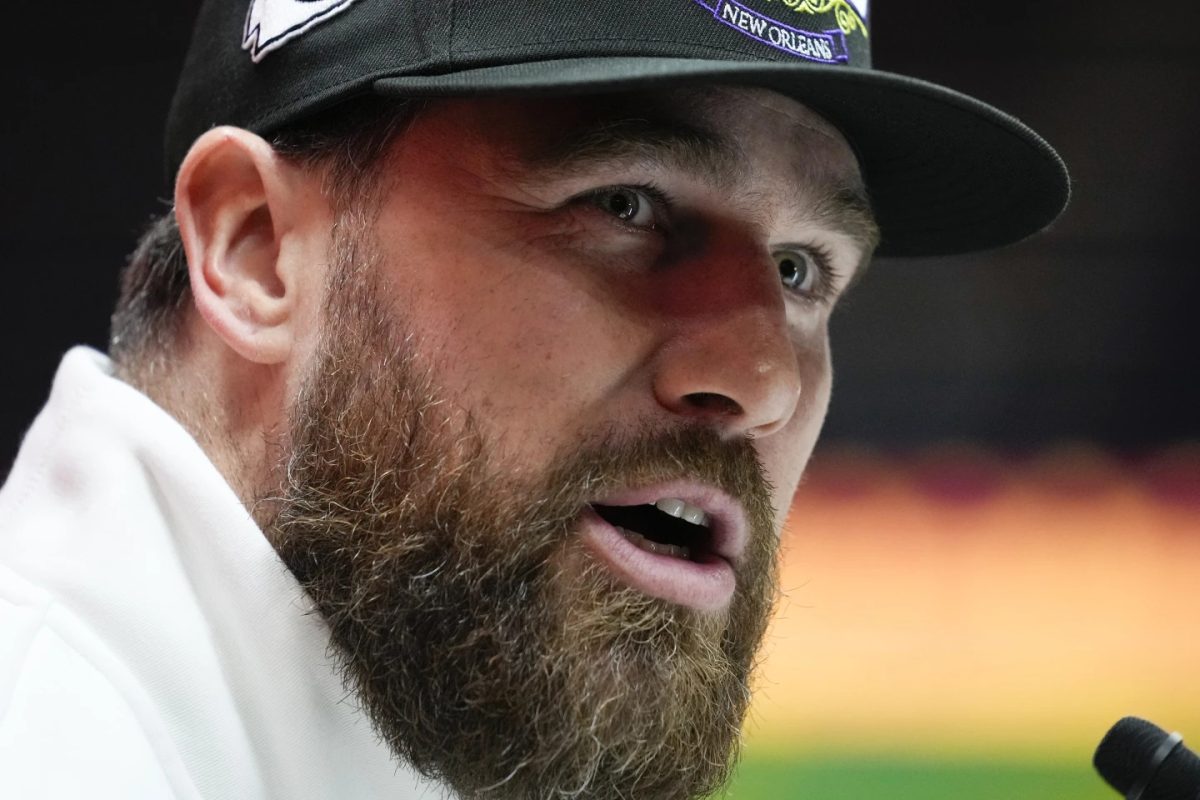Editor’s note: This article is a part of a head-to-head. Read the other article here.
The tumultuous political scene of the 20th century saw alcohol abuse as a hot topic. As early as 1917, prohibition ideas were being passed around the federal government.
Although prohibition backfired, the idea of limiting and regulating the consumption of alcohol was not such an outlandish idea. The dangers of excessive alcohol consumption are many, and lowering the drinking age only expedites the negative effects.
The 18th Amendment, with the help of the Volstead Act, put prohibition into practice in 1920.
With the new amendment in place, anything involved with the production and sale of alcohol was banned.
This change was extreme, but it’s no different from today’s culture surrounding drug use. Regardless of its illegality, communities formed around the continued use of alcohol in clandestine forms.
Speakeasies were underground bars where folks could drink, smoke and listen to jazz music. This period brought an unprecedented acceptance of women in saloons in bars.
Proponents of prohibition championed moral superiority for the U.S., worrying alcohol would sully its judgement.
Prohibition wouldn’t last, however. In 1933, the 21st Amendment passed to repeal the 18th Amendment and do away with prohibition.
Following the new amendment, each state had the right to set its own minimum drinking age. During this period, many states lowered their minimum drinking age to 18.
Critics often complained about the right to vote and serve in the military without the right to consume alcohol. The low drinking age answered the wishes of many citizens.
In the 1980s, former President Ronald Reagan was concerned with drugs and subsequently banded with groups like Mothers Against Drunk Driving to tackle substance abuse.
In 1984, Reagan introduced the National Minimum Drinking Age Act, which raised the minimum drinking age to 21.
The act had its fair share of opponents crying out about infringed rights. Reagan had hoped to prevent the negative effects of alcohol.
Alcohol is dangerous for everyone. Alcohol is known to lead to physical danger, sexual harassment, addiction and much more.
For young people, the effects are even worse. Humans are in development until around 25 years of age. When alcohol is introduced to developing teens, they are at risk of impaired brain development and increased chances of addiction and dependency.
Health risks are a huge concern, but they’re not the only thing to blame for the raised drinking age. Politics rear its head in every matter of policy.
Under the NMDAA, states were free to refuse the minimum drinking age. However, any state not participating would lose 10 percent of its funding from the Federal Aid Highway Act. The act faced its fair share of disapproval and even found its way into the national courts.
In 1987, South Dakota v. Dole dealt with the idea of the act being unconstitutional, but the NMDAA was upheld. The act has been in place ever since.
Louisiana Sen. Eric LaFleur, D-Ville Platte, recently pushed to allow 19 and 20-year-olds the privilege to buy and consume alcohol after obtaining parents permission and an annual certificate. The federal government maintained its threat to withholding funding, pushed LaFleur set the bill aside.
Alcohol has gotten a bad rap during the entirety of history, be it in the middle ages or in the 1920s. Aside from the political manhandling, the stigma exists for a reason.
Alcohol is dangerous for the mind and body, and the effect is much worse for young people. As many scientists and health specialists say alcohol is worse than many recreational drugs, it’s not hard to see why lowering the drinking age would be a bad gamble.
Kyle Richoux is a 20-year-old sociology sophomore from LaPlace, Louisiana.







